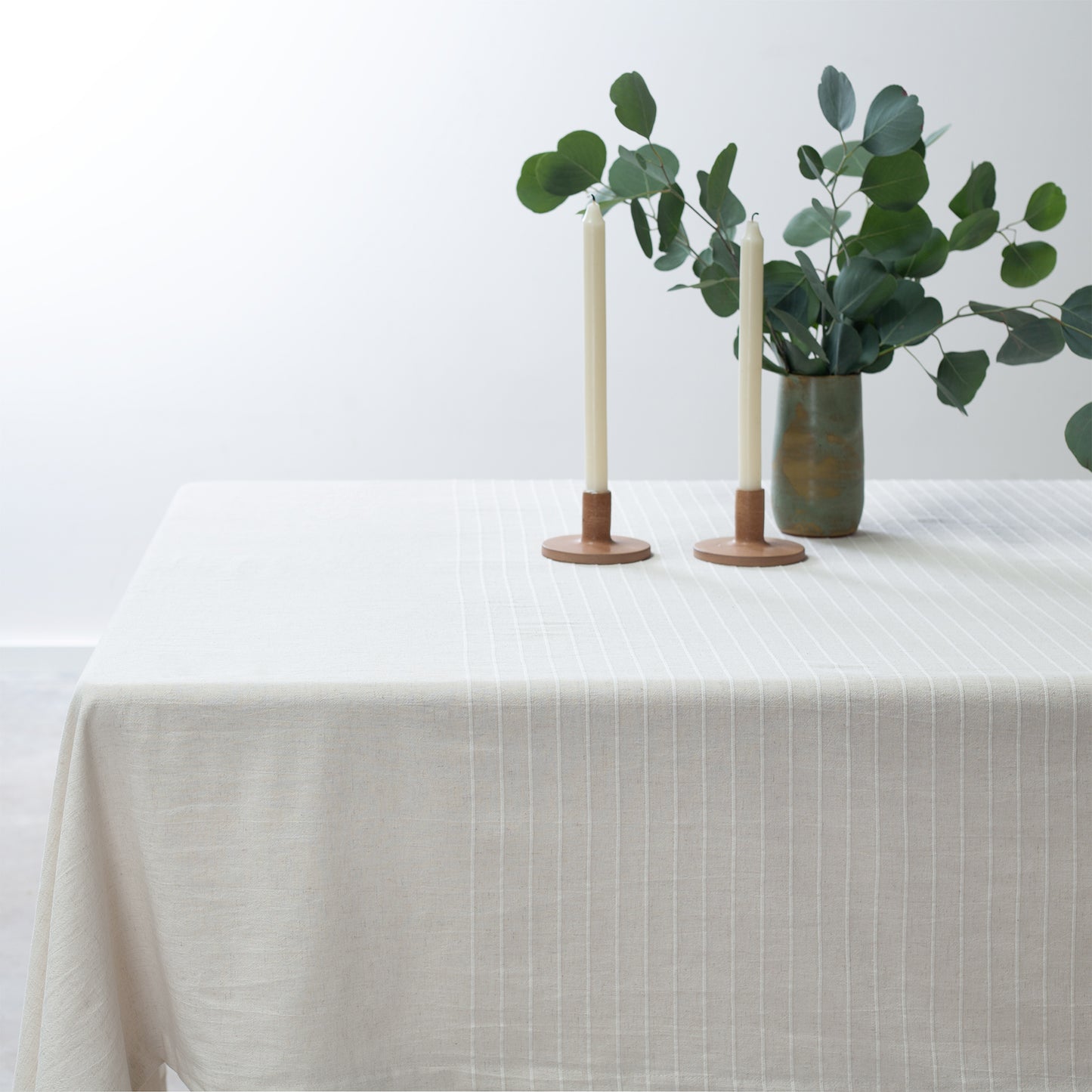Bed Linen Fabric: Comprehending the Origins, Features, and Benefits of This Glamorous Natural Material
Bed linen, the polished and sophisticated material known for its extravagant feeling and ageless allure, has an abundant background that dates back centuries. Past its historical value, linen possesses distinct qualities that establish it apart from various other fabrics, making it a prominent selection in the globe of fashion and interior layout.
Historical Origins of Bed Linen
Linen, a textile with ancient beginnings, has played a considerable role throughout history due to its remarkable residential or commercial properties and flexibility. Dating back to ancient people, linen has actually been a prized fabric for its remarkable breathability, sturdiness, and luxurious feeling.
In medieval times, linen remained to be highly respected, with its production coming to be a significant market in Europe. The flexibility of linen made it a staple fabric for clothes, home items, and even cruises for ships. Throughout the Renaissance, bed linen was additional elevated in status, with its usage in great garments and family bed linens representing wealth and social standing.
Distinctive Characteristics of Bed Linen
Popular for its exceptional breathability and longevity, linen textile boasts distinct qualities that have actually made it a preferred fabric for centuries. One of the essential attributes of linen is its unmatched breathability, which allows air to move with the textile conveniently.
Bed linen textile also becomes softer and much more comfortable with each laundry, improving its charm over time. Its capability to stand up to dust and discolorations, along with its hypoallergenic properties, further contribute to the appeal of linen as a premium material option.
Benefits of Using Linen
With its extraordinary breathability and sturdiness, bed linen textile offers a wide range of advantages that make it a popular choice for numerous apparel and house things. Among the main advantages of using bed linen is its breathability. Bed linen fibers are hollow and enable for much better airflow, keeping the body cool and comfy in heat. Furthermore, linen is very absorbent, efficient in taking in wetness without really feeling wet, making it ideal for summer garments.
Additionally, bed linen is a resilient material that becomes softer and more comfortable with each wash, ensuring durability and lowering the need for regular substitutes. This longevity also reaches its resistance to moths and carpeting beetles, making bed linen items less susceptible to harm contrasted to various other products.
Moreover, linen is a sustainable option, as it is made from the flax plant, which calls for less water and chemicals to grow contrasted to cotton. Its all-natural fibers are additionally eco-friendly, More hints contributing to environmentally friendly methods. Finally, the advantages of making use of bed linen encompass comfort, longevity, sustainability, and resistance to insects, making it a appealing and flexible choice for different applications.
Versatile Applications of Linen

Linen curtains bring a touch of underrated luxury to living spaces, allowing natural light to filter through while adding appearance and deepness to the space. Cushion covers, table linens, and even upholstery advantage from linen's versatile residential or commercial properties, including a touch of refinement and convenience to any type of home setting.
Sustainability in Linen Manufacturing

Furthermore, linen is an check my source eco-friendly material, ensuring that at the end of its lifecycle, it will normally decay without hurting the atmosphere. The resilience and longevity of bed linen products also add to sustainability by minimizing the frequency of substitutes. Additionally, bed linen's natural shielding residential properties can assist save power by keeping people cool down in heat and warm in colder environments, potentially decreasing the reliance on artificial heating and cooling systems. Accepting bed linen as a sustainable option in fabrics aligns with the expanding global focus on ecologically aware methods in numerous markets.
Final Thought
Finally, linen material has a rich historic history, distinct features, and numerous advantages. Its convenience in applications and sustainable manufacturing techniques make it a highly popular product in various industries. Bed linen's one-of-a-kind homes such as breathability, durability, and moisture-wicking abilities establish it besides various other materials, making it a extravagant and sensible choice for apparel, home fabrics, and other products. In general, linen stays a environmentally friendly and timeless choice for consumers looking for top quality and sustainability.
During the Renaissance, linen was further elevated in status, with its usage in great garments and family bed linens representing riches and social standing. (flat sheet)
Popular for its extraordinary breathability and sturdiness, linen fabric flaunts distinct attributes that have actually made it a favored fabric for centuries.With its outstanding breathability and resilience, bed linen fabric offers a plethora of advantages that make it a prominent option for numerous clothes and house items. Padding covers, table linens, and even furniture benefit from bed linen's flexible homes, adding a touch of refinement and convenience to any kind of home setting.
Linen's distinct residential or commercial properties such as breathability, longevity, and moisture-wicking capabilities set it apart from various other fabrics, making it a useful and luxurious selection for clothing, home fabrics, and other items.